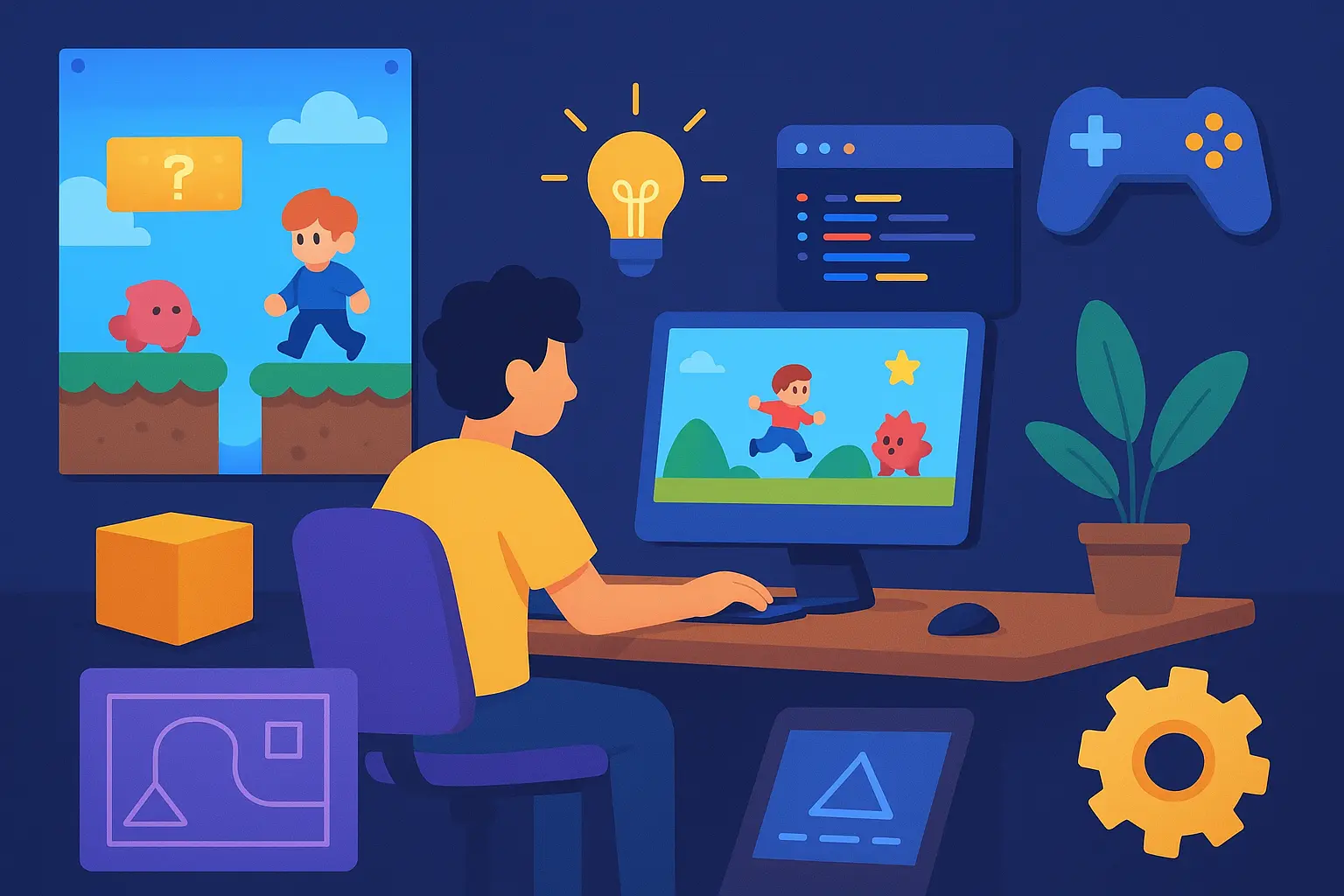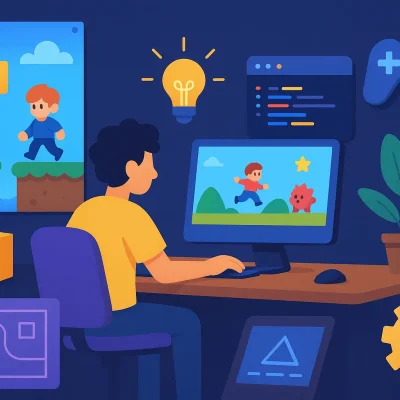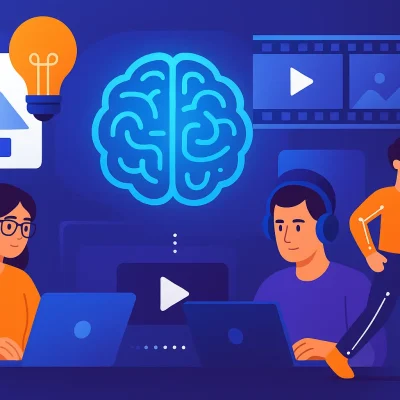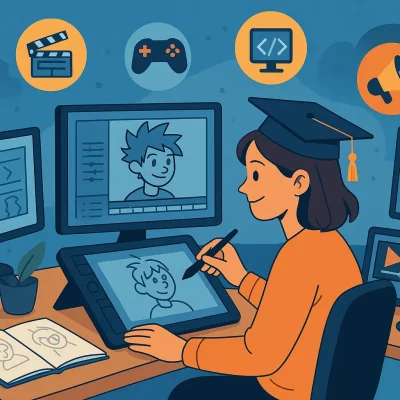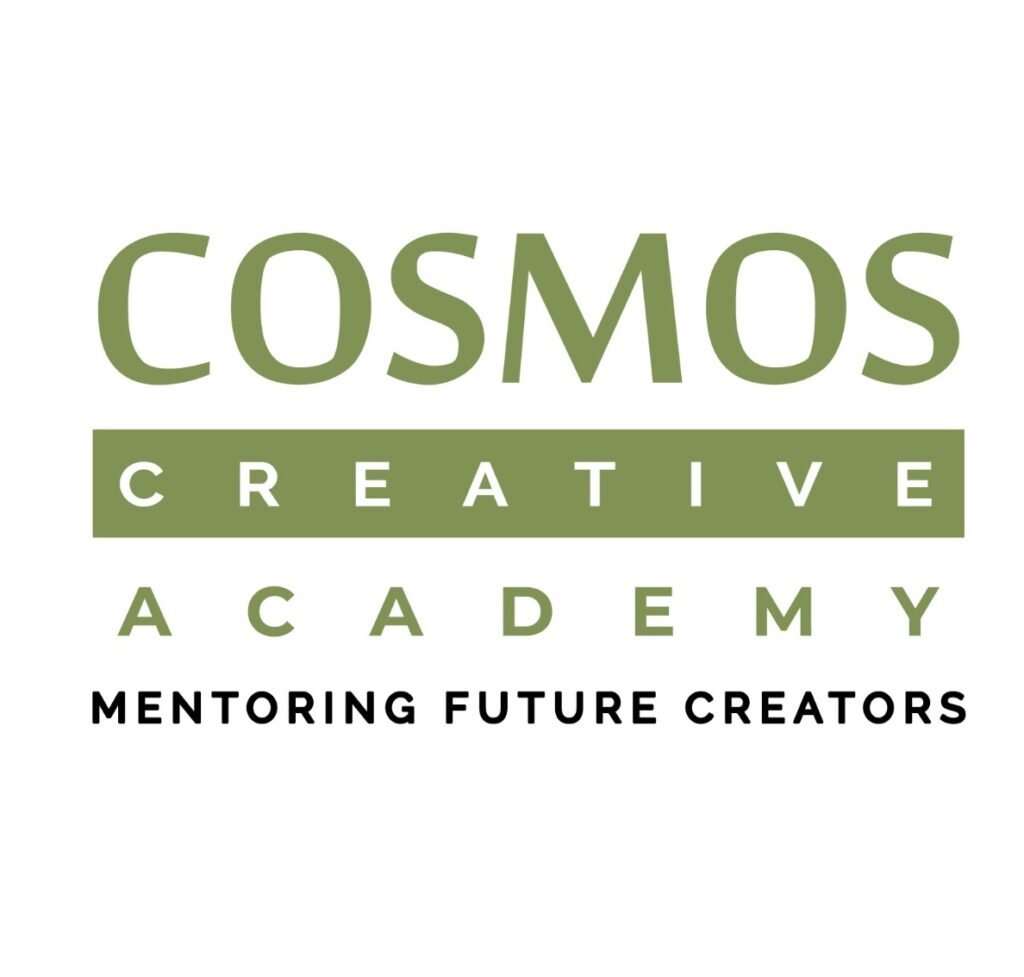Game Design: What It Involves & Why It’s a Great Opportunity
Game design is the art and science of creating games. It’s not just about making something fun—it’s about shaping the rules, challenges, visuals, sounds, and stories that make a game meaningful and engaging for players. A game designer decides how the game works, how it feels to play, and how it keeps people motivated to continue exploring.
Think of game design as building an experience. It combines many fields storytelling (to create characters and plots), art and animation (to bring the world to life), sound and music (to set the mood), programming (to make everything function), and even psychology (to understand what motivates players).
Software Used for Game Design
When it comes to game design, software tools play a vital role in turning creative ideas into playable experiences. At Cosmos Creative Academy, students are introduced to industry-standard software that professionals around the world use.
- Unity – One of the most popular game engines, perfect for both 2D and 3D games, especially mobile and indie titles.
- Unreal Engine – Known for its high-end graphics and realistic gameplay, widely used in AAA game development.
- Blender – A free and powerful tool for 3D modeling, animation, and even visual effects.
- Maya – Professional-grade software for animation, rigging, and creating detailed 3D environments.
- Photoshop – Essential for concept art, textures, and refining visual assets.
- Illustrator – Used for designing vector art, icons, and user interface elements.
- ZBrush – Specialized in sculpting characters, creatures, and detailed models.
- Substance Painter – Adds realistic textures and materials to 3D game assets.
- Audacity – A simple tool for editing sound effects, music, and voice-overs.
- Visual Studio (C#) – The go-to environment for scripting and programming logic in games.
These tools not only help students design visually stunning worlds but also teach them how to think like professionals, preparing them for real-world game development.
Opportunities in Game Design
The gaming industry is thriving across the world, and India is quickly becoming a hub for innovation in this space. For students trained in game design, the opportunities are vast. Some choose the indie route, working solo or in small teams to release creative games on platforms like Steam or mobile app stores. Others step into the world of AAA studios, contributing as environment artists, animators, or level designers on large-scale productions. Beyond entertainment, game design is making waves in education, healthcare, and simulation—where interactive experiences are used for learning and training.
The field is also rapidly expanding into emerging technologies like virtual reality, augmented reality, and the metaverse, opening new possibilities for immersive storytelling and design. Esports and gamification have further broadened the scope, creating demand for designers who can craft competitive systems, engaging leaderboards, and reward-based experiences. Whether you dream of designing worlds, coding mechanics, or creating the art and sound behind them, game design offers an exciting future.
Why Choose Cosmos Creative Academy for Game Design
At Cosmos Creative Academy Chinchwad, students step into this exciting journey where they learn everything from narrative design—developing plots, character arcs, and dialogues—to the visual side of gaming, such as sketching concepts, designing characters, and bringing them to life through 2D or 3D animation. The focus also extends to user interface and experience, ensuring that menus, controls, and interactions feel smooth and natural. To make the game world complete, sound and music are introduced to add emotion, atmosphere, and rhythm. And of course, programming and scripting tie everything together by bringing logic and interactivity into play.
Cosmos Creative Academy, Chinchwad, provides the perfect space for aspiring game designers to learn and grow. The academy emphasizes a balance of theory and practice, giving students the chance to work on hands-on projects where they create their own game prototypes and environments. By working with industry-standard tools, learners are equipped with the skills that make them job-ready from day one.
What makes the experience even richer is the mentorship and exposure students receive. Industry experts and guest speakers share real-world insights, while internships and projects help learners gain practical knowledge. By the end of their journey, students graduate with a portfolio filled with their own artwork, coding projects, and design documents—something they can proudly present to studios or clients.
Game design is more than just a creative hobby—it’s a career path that blends imagination, technology, and storytelling into one powerful medium. For young minds who dream of building immersive worlds and unforgettable experiences, Cosmos Creative Academy offers the right environment to explore, learn, and take the first steps into this exciting industry.
